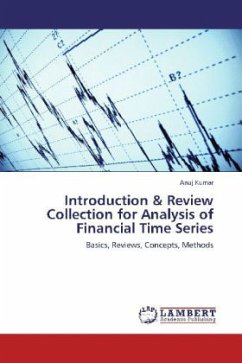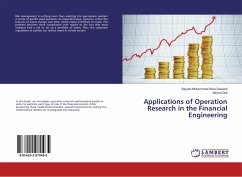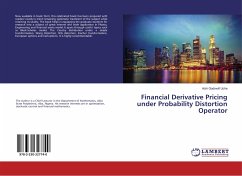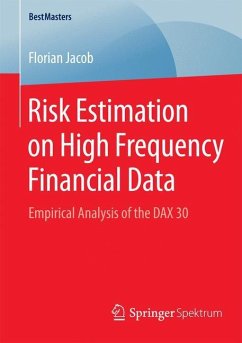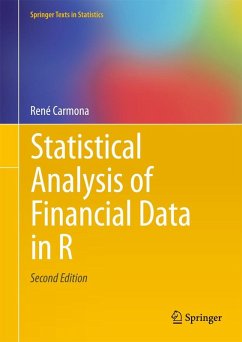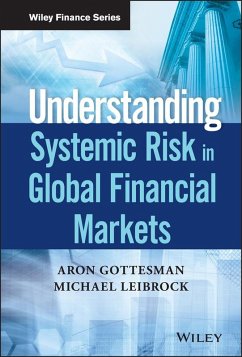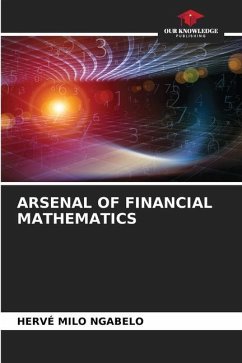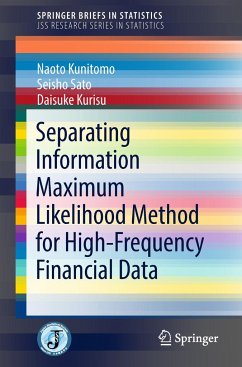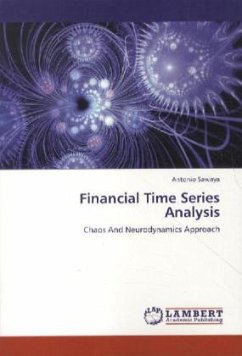
Financial Time Series Analysis
Chaos And Neurodynamics Approach
Versandkostenfrei!
Versandfertig in 6-10 Tagen
32,99 €
inkl. MwSt.

PAYBACK Punkte
16 °P sammeln!
This work aims at combining the Chaos theory postulates and Artificial Neural Networks classification and predictive capability, in the field of financial time series prediction. The cognitive approach suggested, is inspired by the capability of some chartists to predict the direction of an index by looking at the price time series. Thus, in this work, the calculation of the embedding dimension and the separation, in Takens embedding theorem for phase space reconstruction, is not limited to False Nearest Neighbor, Differential Entropy or other specific method, rather, this work is interested i...
This work aims at combining the Chaos theory postulates and Artificial Neural Networks classification and predictive capability, in the field of financial time series prediction. The cognitive approach suggested, is inspired by the capability of some chartists to predict the direction of an index by looking at the price time series. Thus, in this work, the calculation of the embedding dimension and the separation, in Takens embedding theorem for phase space reconstruction, is not limited to False Nearest Neighbor, Differential Entropy or other specific method, rather, this work is interested in all embedding dimensions and separations that are regarded as different ways of looking at a time series by different chartists, based on their expectations. Prior to the prediction, the embedded vectors of the phase space are classified with Fuzzy-ART, then, for each class a back propagation Neural Network is trained to predict the last element of each vector, whereas all previous elements of a vector are used as features.



